Scandinavia, with its breathtaking fjords, vibrant cities, and unique cultural experiences, is a dream destination for travelers. However, visiting this northern European region requires some preparation to make the most of your trip. Here are ten must-know tips to help you travel smarter and enjoy your Scandinavian adventure.
1. Plan for the High Cost of Travel
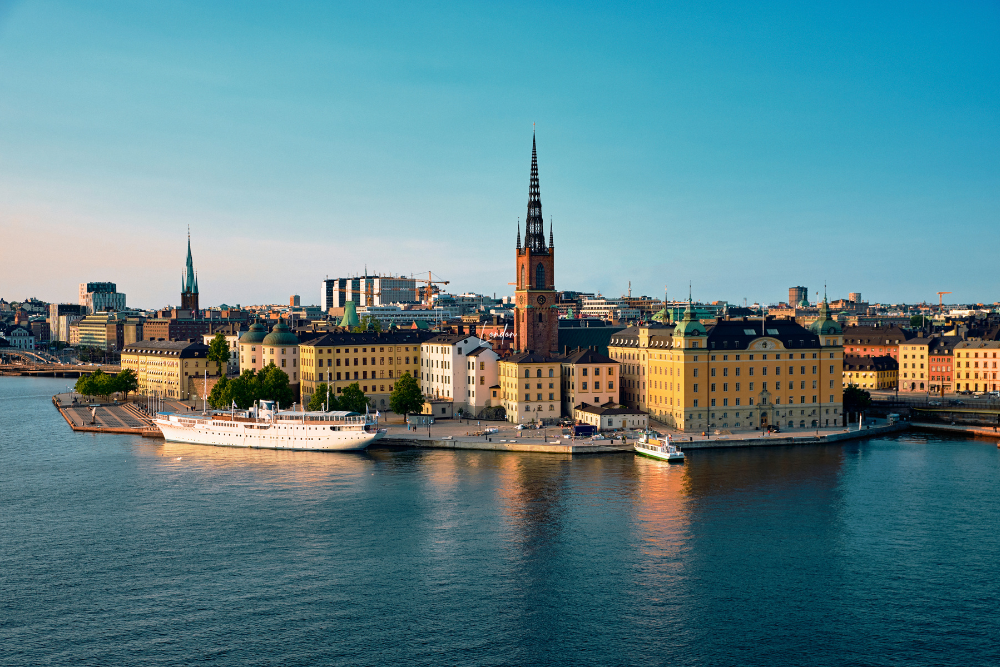
Scandinavia is known for being one of the most expensive regions in the world, but with proper planning, you can manage your budget effectively.
Money-Saving Tips:
- Use public transportation instead of taxis.
- Opt for budget accommodations like hostels or Airbnb.
- Take advantage of free attractions such as parks, museums with free days, and scenic nature spots.
Currency & Payment:
- Sweden, Denmark, and Norway each have their own currencies (SEK, DKK, and NOK, respectively).
- Credit and debit cards are widely accepted, and many places are cashless.
2. Be Prepared for the Weather
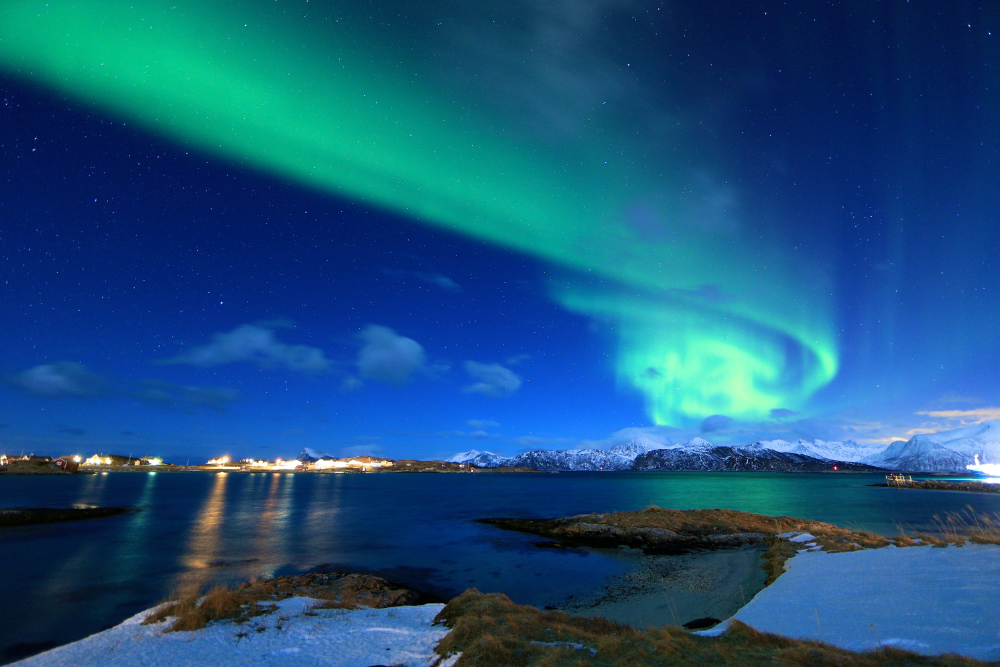
Scandinavia’s climate varies greatly depending on the season and location.
Weather Considerations:
- Summer (June–August): Long days, mild temperatures (15°C–30°C), and ideal conditions for hiking and sightseeing.
- Winter (December–February): Freezing temperatures (-5°C to -30°C in the north), but perfect for skiing, northern lights viewing, and winter sports.
- Spring & Autumn: Unpredictable weather, so pack layers.
Packing Essentials:
- Bring waterproof clothing and comfortable walking shoes.
- If visiting in winter, pack thermal wear, gloves, and insulated boots.
3. Experience the Local Culture
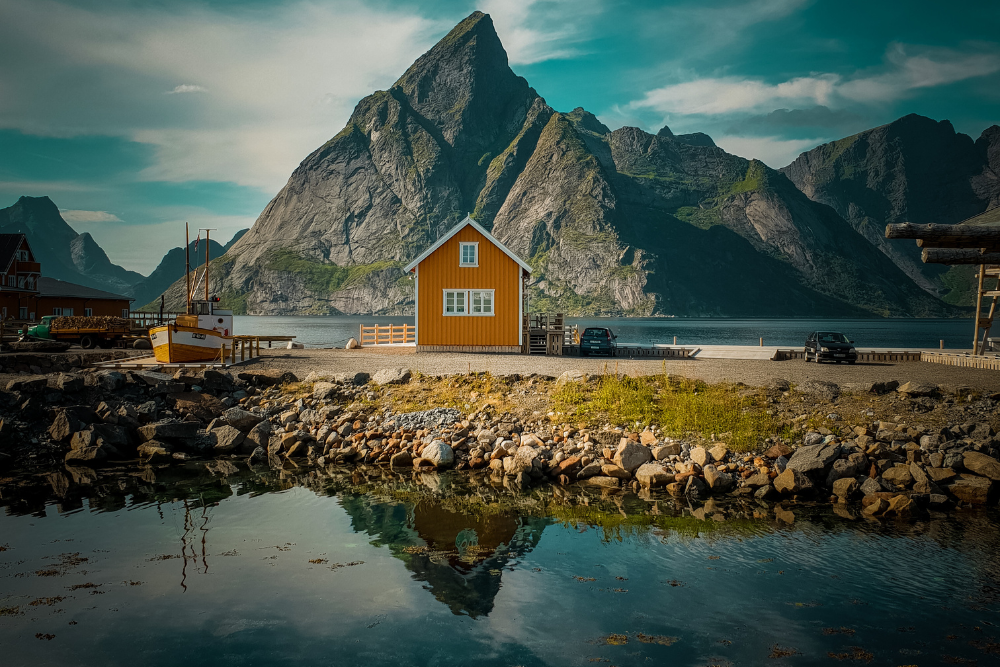
Scandinavia has a rich cultural heritage, from Viking history to modern minimalist design.
Cultural Highlights:
- Visit Viking museums in Norway and Sweden.
- Explore Scandinavian design in Copenhagen and Stockholm.
- Learn about Sami culture in northern Sweden and Finland.
Etiquette Tips:
- Punctuality is highly valued in Scandinavian countries.
- Don’t be afraid of silence—Scandinavians tend to be reserved but friendly.
4. Enjoy the Great Outdoors
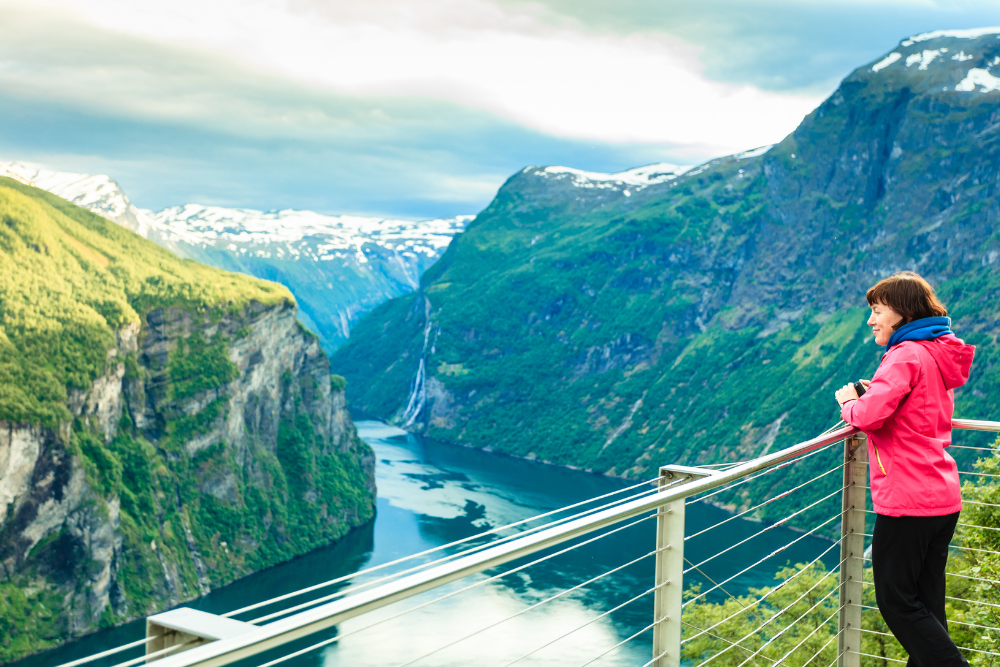
Scandinavia is a paradise for nature lovers, with national parks, coastal hikes, and incredible wildlife experiences.
Outdoor Activities:
- Hiking: Trolltunga and Preikestolen in Norway, Kungsleden Trail in Sweden.
- Fjords & Islands: Explore the Lofoten Islands, Sognefjord, or Denmark’s coastline.
- Wildlife Watching: Spot reindeer, moose, and whales in the Arctic regions.
Right of Public Access:
- In Sweden and Norway, Allemansrätten (Right to Roam) allows travelers to hike and camp in nature freely, provided they respect the environment.
5. Plan Your Transportation in Advance
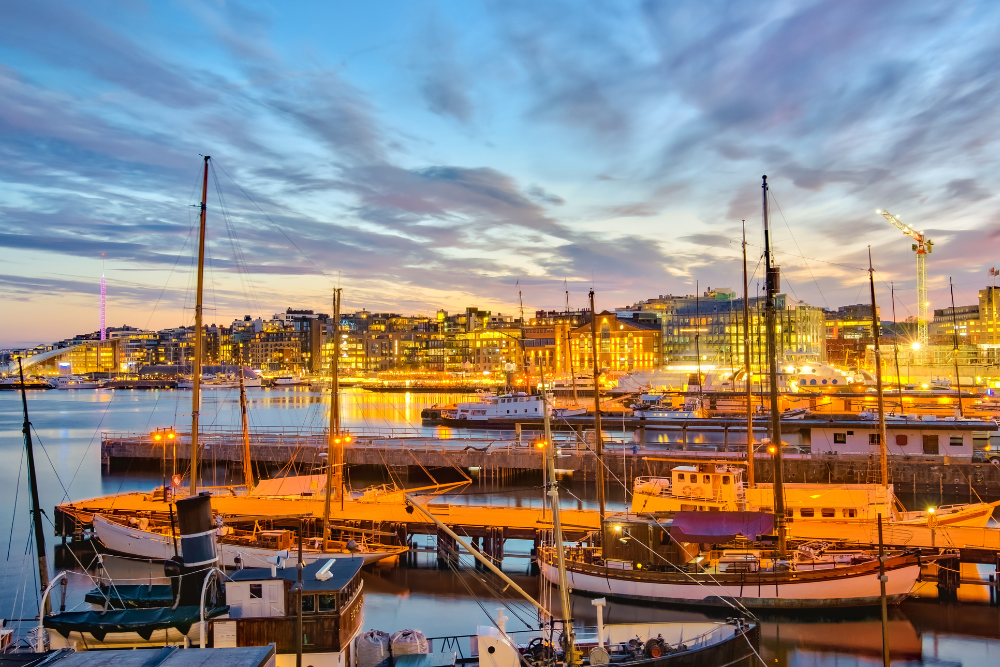
Scandinavia has an efficient transportation system, but planning ahead can save time and money.
Best Ways to Get Around:
- Trains: The Scandinavian rail network is scenic and comfortable, especially for long distances.
- Buses & Ferries: Ideal for reaching remote areas and island destinations.
- Car Rental: Recommended for road trips through Norway’s fjords or Sweden’s countryside.
Public Transport Tips:
- City transport passes (such as the Oslo Pass or Copenhagen Card) offer unlimited rides and discounts on attractions.
- Many cities have extensive bike lanes, and cycling is a great way to explore.
6. Know the Best Time to Visit
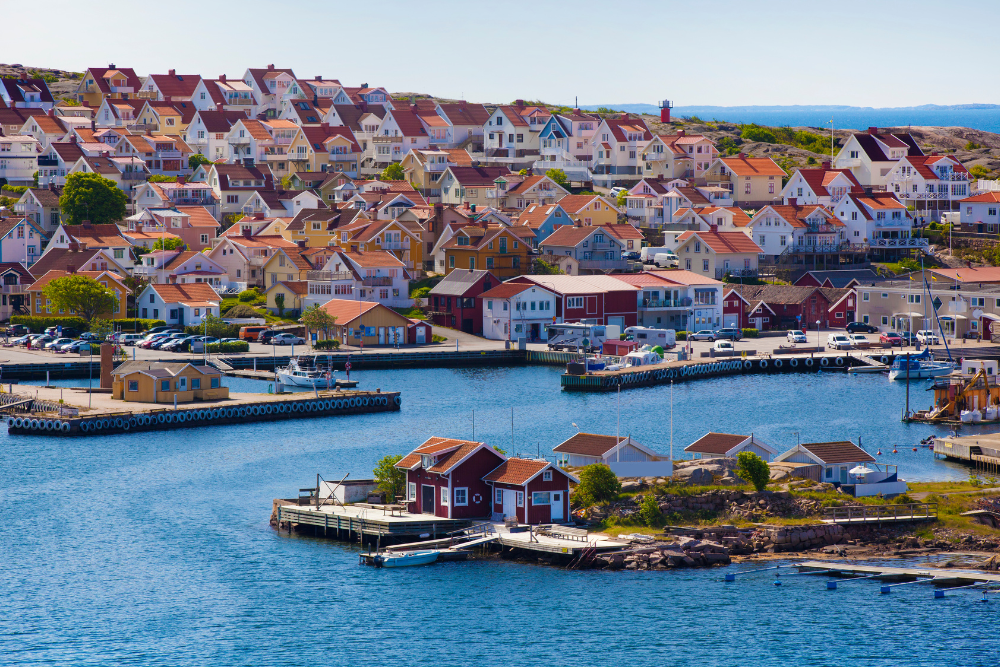
Each season offers a different experience in Scandinavia, so plan your trip based on what you want to see and do.
Best Seasons for Different Activities:
- Summer (June–August): Midnight Sun, hiking, city sightseeing.
- Autumn (September–November): Fall foliage, fewer tourists, cozy cafe culture.
- Winter (December–February): Northern lights, Christmas markets, winter sports.
- Spring (March–May): Cherry blossoms, milder temperatures, fewer crowds.
7. Try Traditional Scandinavian Cuisine
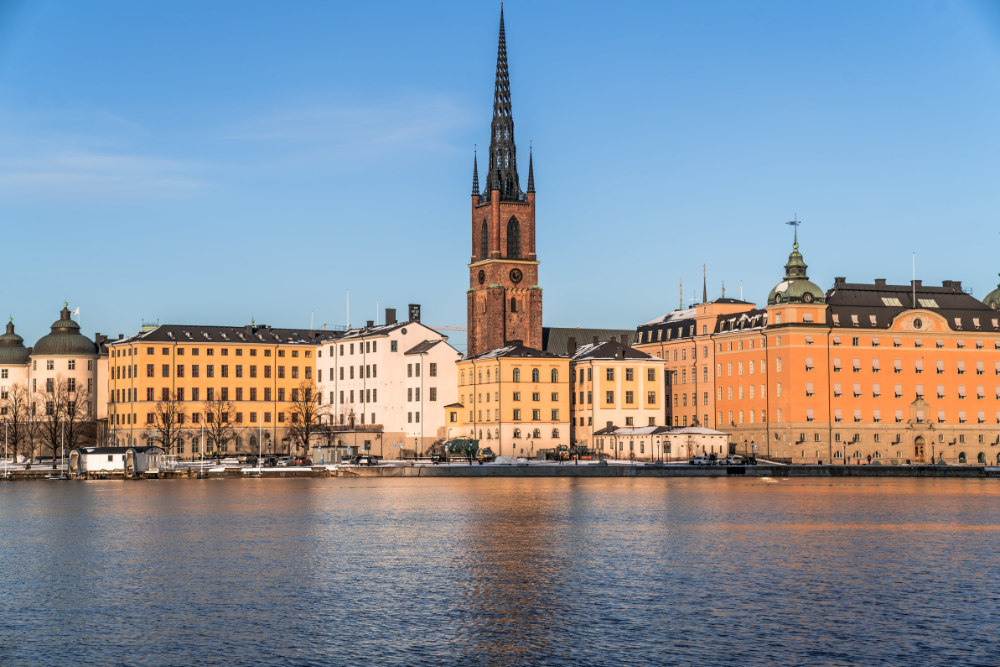
Scandinavian food is fresh, locally sourced, and deeply connected to the region’s natural environment.
Must-Try Foods:
- Swedish Meatballs & Lingonberries – A classic dish often served with mashed potatoes.
- Smørrebrød (Denmark) – Open-faced sandwiches with a variety of toppings.
- Fresh Seafood – Norway is famous for salmon and king crab, while Sweden is known for pickled herring.
- Reindeer Meat (Lapland) – A local specialty in northern Scandinavia.
Dining Tips:
- Eating out can be expensive—consider supermarkets or food markets for budget-friendly meals.
- Many restaurants have lunch specials (dagens rätt in Sweden) that offer affordable dining options.
8. Book Accommodations Early
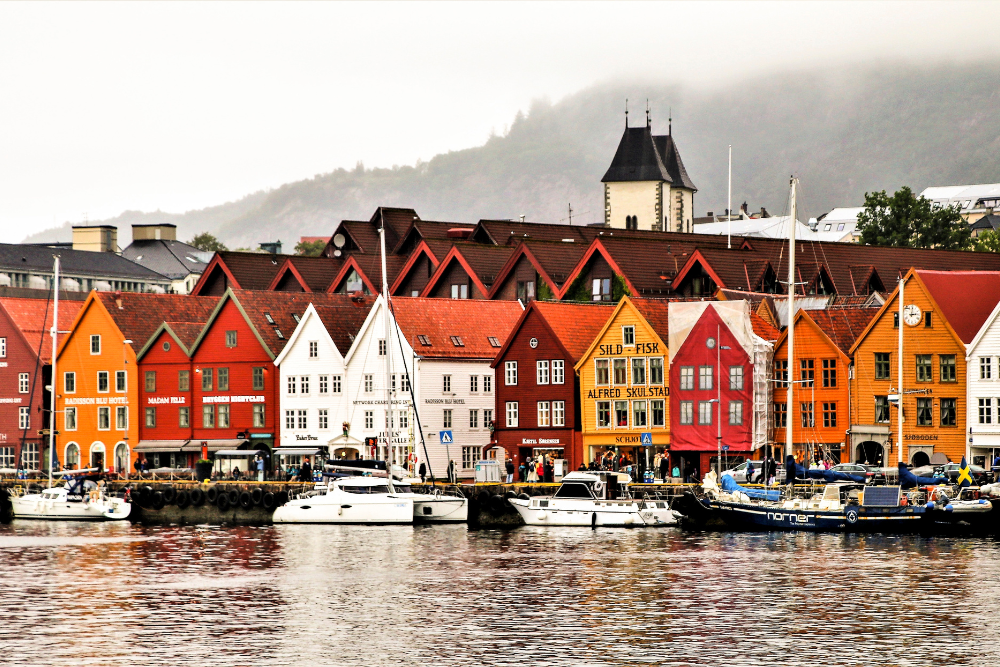
Since Scandinavia is a popular travel destination, especially in summer, booking accommodations early is essential.
Accommodation Options:
- Hotels: Comfortable but often expensive.
- Hostels: Budget-friendly, with private or dorm-style rooms.
- Cabins & Cottages: Great for a cozy, nature-focused stay.
- Ice Hotels (Winter): Unique stays in Sweden and Norway.
9. Learn Basic Local Phrases
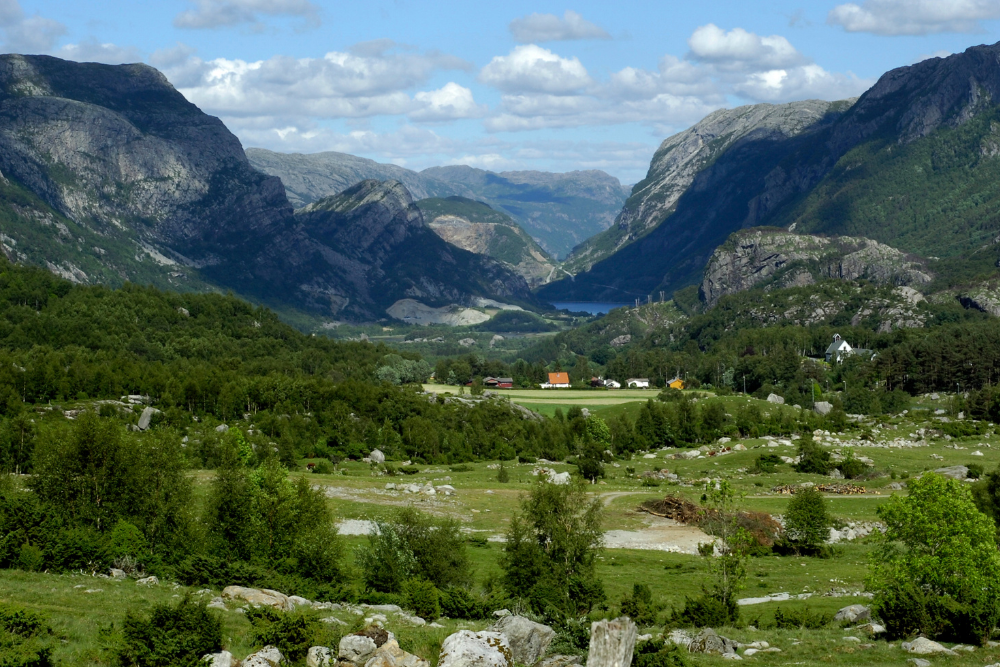
While English is widely spoken, learning a few words in the local language can enhance your experience.
Common Phrases:
- Swedish/Norwegian/Danish: “Hello” – Hej / Hei / Hej
- Thank you – Tack / Takk / Tak
- Goodbye – Hejdå / Ha det / Farvel
Even a simple “tack” (thank you) can go a long way in connecting with locals.
10. Respect Nature
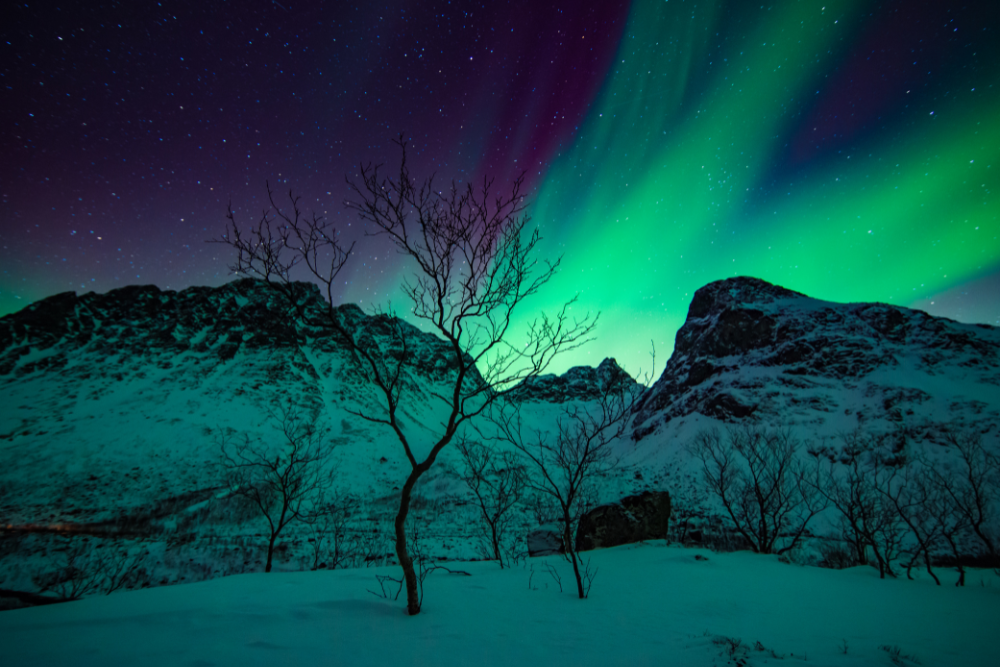
Scandinavians take environmental conservation seriously, and visitors should do the same.
Sustainable Travel Tips:
- Follow the Leave No Trace principle when hiking or camping.
- Use eco-friendly transportation like trains or electric buses.
- Avoid disturbing wildlife, especially in national parks.
Conclusion: A Trip to Remember
Traveling in Scandinavia is an unforgettable experience filled with natural beauty, rich history, and modern innovation. By planning ahead, embracing local customs, and being mindful of costs and weather, you can make the most of your journey through this spectacular region. Whether you’re chasing the northern lights, exploring fjords, or experiencing vibrant city life, these must-know tips will help ensure a smooth and enjoyable adventure.












